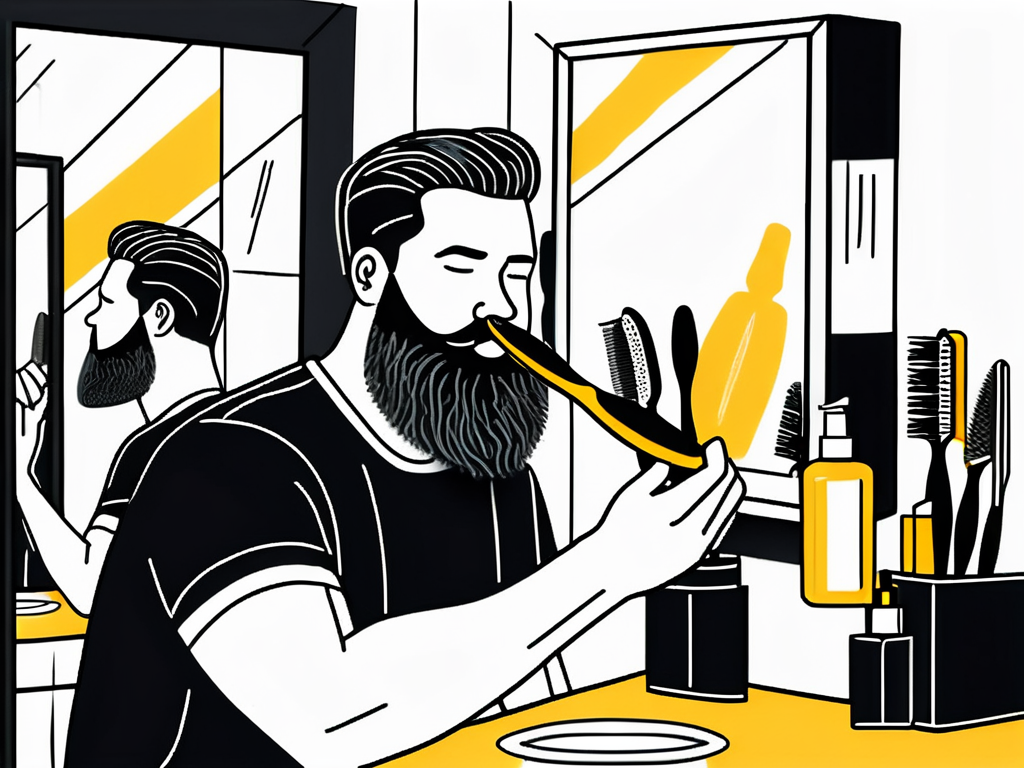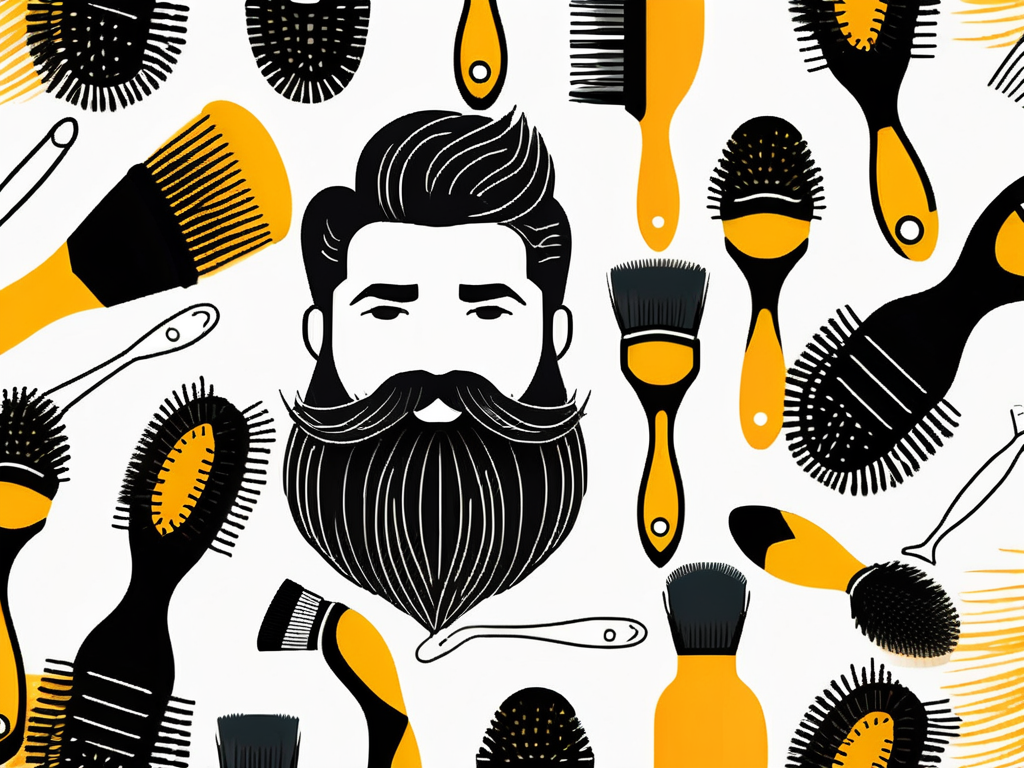Author: The Beard Struggle
Published at: Jun 27, 2024
Did you know that brushing your beard regularly not only keeps it neat and tidy but also promotes its overall health?
Whether you're a seasoned beardsman or just starting your beard-growing journey, understanding the importance of beard brushing and determining the right frequency are key to achieving a luscious and well-maintained beard.
In this article, we will show you how often you should brush your beard, and we'll do so by covering these key takeaways:
While the optimal brushing frequency varies, here are some general guidelines based on common beard types:
Establishing an optimal beard brushing routine is fundamental to nurturing a healthy and aesthetically pleasing facial mane. The frequency with which you brush your beard hinges on several factors, including beard length, texture, and personal grooming goals.

By considering these factors, you can tailor your brushing routine to meet the specific needs of your beard and skin. However, keep in mind that there are telltale signs that indicate you might be brushing your beard too often or too little.
If you notice any of the following signs, it's time to reassess your brushing frequency:
Now that you have a better understanding of your beard's unique needs, let's explore the world of beard brushes and find the perfect match for your majestic mane!
To get the most out of your beard brushing routine, it's essential to incorporate it into your grooming regimen. But let's delve deeper into the world of beard brushing and explore some additional tips and tricks to take your beard game to the next level.

While the frequency may vary depending on your beard type, here are some ideal times to give your beard a good brush:
To further enhance your beard's health and appearance, consider incorporating these beard care practices alongside regular brushing:
When it comes to beard brushes, there are a variety of options to choose from. Let's take a closer look at the different types of beard brushes and how to select the right one for your beard type.

It's essential to select a beard brush that complements your beard's specific requirements. For shorter beards, a smaller brush with firm bristles may be more effective in styling and shaping. Longer beards, on the other hand, may benefit from a larger brush with softer bristles to prevent tugging and breakage.
Beard brushes come in various shapes, sizes, and materials. The most common types include:
When choosing a beard brush, consider not only the length and texture of your beard but also your skin type and personal preferences. Investing in a high-quality beard brush can make a significant difference in the health and appearance of your facial hair.
The type of brush you choose will depend on your beard type. For example:
Now that you have the right brush in hand, let's learn some beard brushing techniques to ensure you're getting the most out of your grooming routine!
So there you have it!
By now, you should have a thorough understanding of how often you should brush your beard, the importance of regular brushing, how to choose the right beard brush, proper brushing techniques, and incorporating beard brushing into your grooming routine.
But remember, the journey to a well-groomed beard requires commitment, patience, and a little bit of beard-brushing magic. So find your brush at The Beard Struggle, give your beard some love, and watch it flourish into a true testament of your dedication!

10 Beard Care Mistakes A Viking Should Never Make
Register now to receive 10 exclusive tips straight to your inbox.
Comments
Hello! Shopping from United States?
Shipping destination